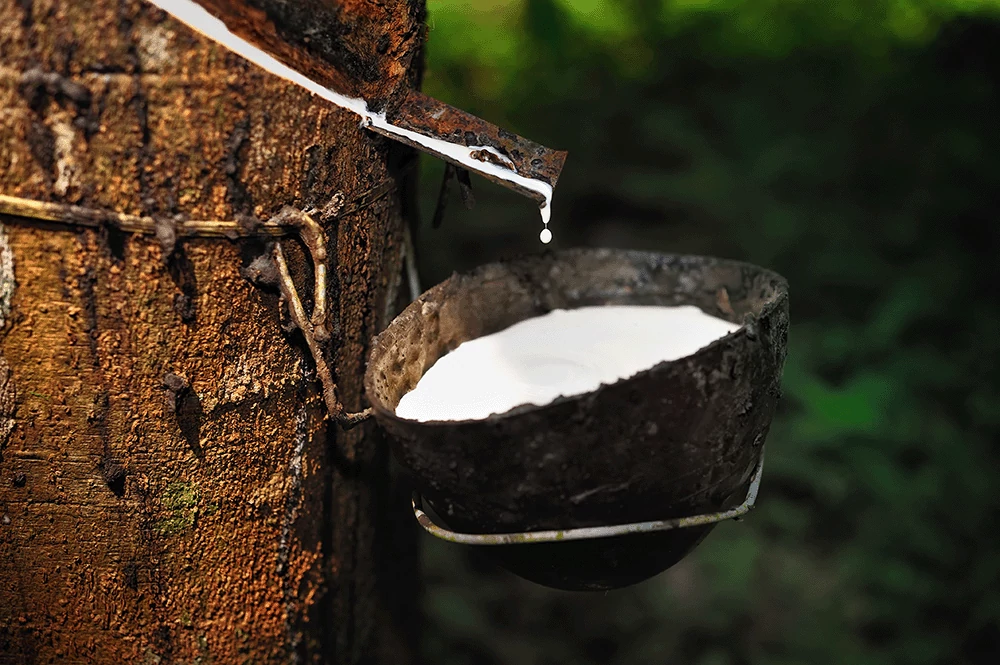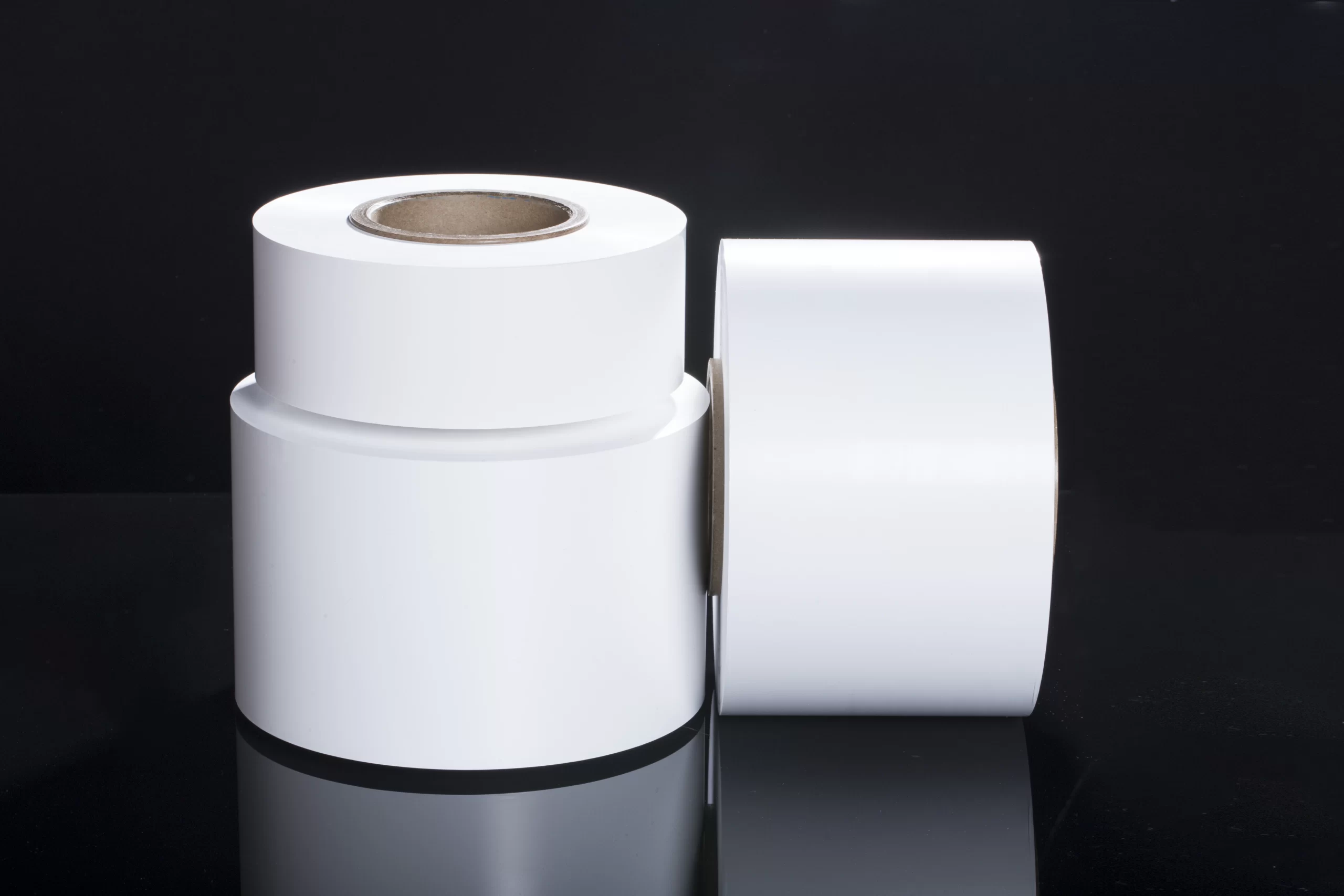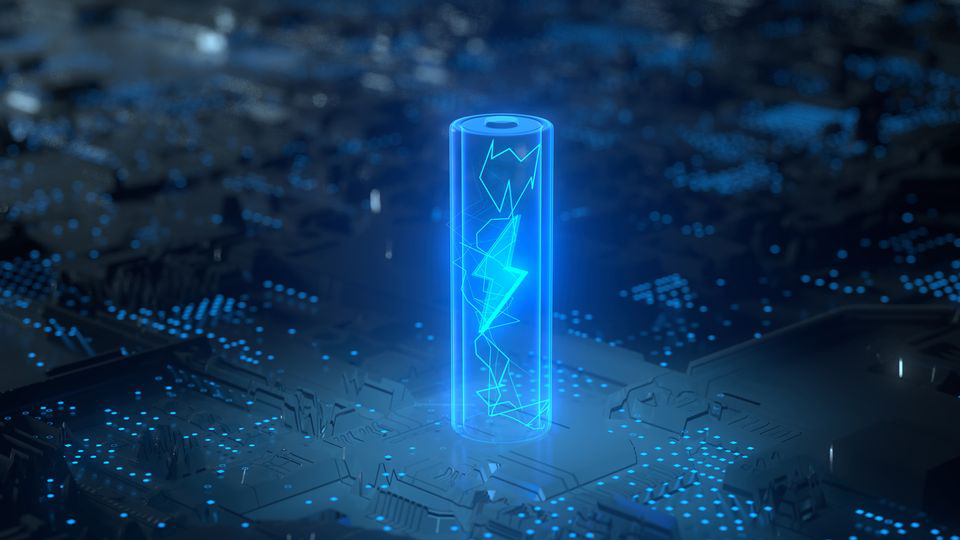The inner liner material of the battery shell The internal...
Application and advantages of polyethylene in lithium battery separator
With the advancement of science and technology and the increasing demand for renewable energy, lithium-ion batteries have become an important energy storage solution. The performance and safety of lithium batteries depend on the quality of their individual components, in which the diaphragm, as a key component of the battery, plays a crucial role. Polyethylene (PE) is a material widely used in lithium battery separator. This article will explore the characteristics of polyethylene and analyze why it can be an ideal choice for lithium battery separator.
Basic characteristics of polyethylene
Polyethylene is a synthetic polymer material with the following remarkable properties:
Excellent chemical stability: polyethylene has good tolerance to most electrolytes (such as commonly used lithium salt solution), and is not easy to react with the electrolyte, thus ensuring the stable operation of lithium batteries.
Low density and lightweight: The low density of polyethylene makes it more lightweight for use in batteries, contributing to the overall lightweight design of batteries, especially in electric vehicles and portable electronic devices.
Low cost: The production process of polyethylene is mature and low cost, which makes it have a good cost performance ratio in the application of lithium battery separator.
The advantages of polyethylene as a lithium battery diaphragm
High ionic conductivity
Although PE itself is not a conductive material, its ionic conductivity in the electrolyte can be improved by proper treatment and addition of conductive materials. This feature allows the polyethylene diaphragm to efficiently allow the passage of lithium ions during charging and discharging of lithium batteries. At the same time, polyethylene has enough pore structure to promote the rapid migration of lithium ions and improve the energy density and power density of the battery.
Excellent mechanical properties
Polyethylene has good mechanical strength and can withstand certain pressure and bending, which is crucial for the long-term use of batteries. Its tear resistance and puncture resistance make the battery more reliable when subjected to external forces, reducing the risk of breakage and leakage.
Good thermal stability
Although polyethylene has a relatively low melting point, its thermal stability can be improved by adjusting the polymerization conditions and performing composite modifications. For example, the use of high-density polyethylene (HDPE) or mixing polyethylene with other materials (such as polypropylene) can improve its high temperature resistance, thus enhancing the safety of the diaphragm under high temperature conditions.
Strong processability
Polyethylene is highly processable and can be shaped by a variety of processes, such as extrusion, stretching, coating, etc. This flexibility enables manufacturers to design and produce diaphragms with specific functions for different application requirements.
Excellent electrical insulation
Polyethylene has good electrical insulation properties at both room temperature and high temperature conditions, which makes it effective in isolating the positive and negative electrodes of lithium batteries to prevent short circuits and battery failures. At the same time, its high insulation performance also ensures the safety of the battery cell.
Application prospect of polyethylene diaphragm
Although polyethylene has been widely used in the field of lithium battery separators, researchers are still exploring how to further improve its performance. For example, through the development of composite materials (such as polyethylene and polypropylene composite diaphragm) or functional coatings, the thermal stability, ion conductivity and safety of the diaphragm can be improved.
In the future, with the continuous progress of battery technology, polyethylene diaphragm is expected to continue to play an important role in electric vehicles, high-performance electronic devices, and energy storage systems. At the same time, the recycling of raw materials and the development of environmentally friendly polyethylene will also become important research directions to meet the needs of sustainable development.
conclusion
Due to its excellent chemical stability, electrical insulation and good mechanical properties, polyethylene has become an ideal material for lithium-ion battery separators. Under the background of continuous development of lithium battery technology, the application prospect of polyethylene diaphragm is broad, and its potential still needs to be further explored. Through continuous material innovation and process improvement, polyethylene will play an increasingly important role in improving the performance and safety of lithium batteries.

Home energy storage product series
A lithium battery pack for home energy storage systems, which is compatible with solar panels and the sun The inverter can work together with the power grid to power household appliances, and it can also be used as a For off grid systems.
Extended reading
What is the difference between dry single – pull process and dry double – pull process?
A highly integrated backup power solution for solar home energy...
Research on manufacturing material of negative electrode of lithium iron phosphate battery
Research on manufacturing material of negative electrode As an important...
THE ESSC Brand promise
Global supply
Our products sell well all over the world, covering many countries and regions, through the global logistics network, to provide customers with convenient purchasing experience.
Rigorous quality
We adhere to the highest quality control standards to ensure every product meets industry regulations and customer expectations, earning trust through consistent excellence.
Excellent service
With a customer-centric approach, we provide prompt responses, professional support, and personalized services, aiming to deliver the best user experience and long-term value.


